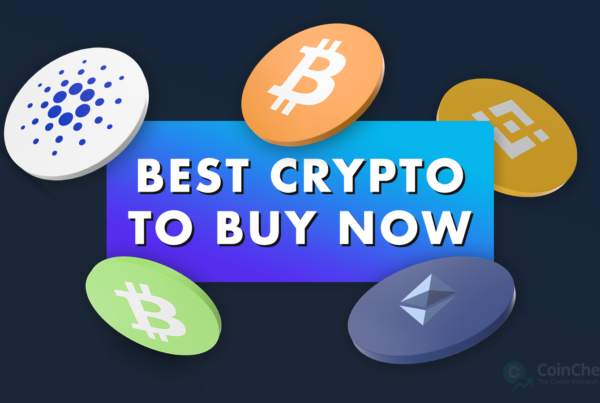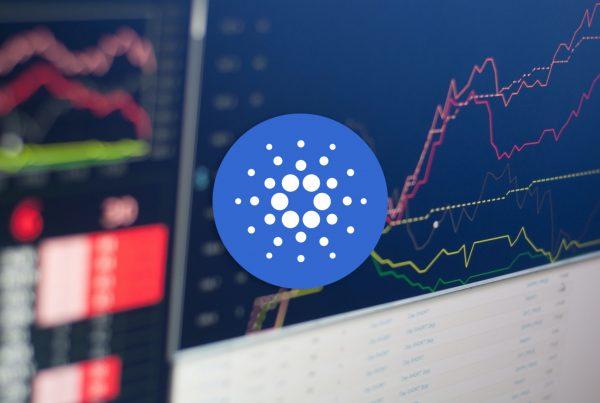As usual, several projects are deploying important mainnet upgrades and launching new features this week. Our this week’s selection consists of three coins that we think will benefit from the increased attention. Will this be enough to end what it appears to be a significantly bearish week in the green?
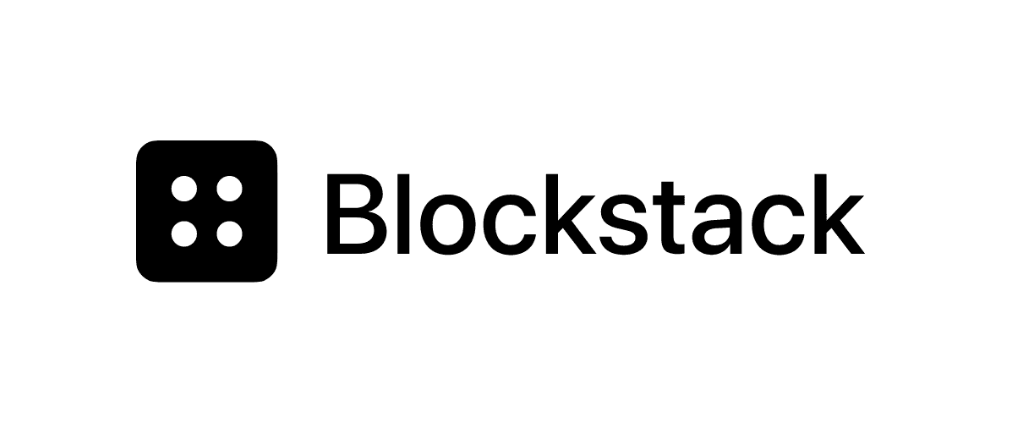
1. Blockstack (STX)
Blockstack is the project behind the Stacks blockchain, an open-source and developer-friendly network for building decentralized apps and smart contracts on Bitcoin blockchain. The network makes use of the Clarity smart contract language and offers new ways to earn BTC.
The Stacks 2.0 Mainnet Goes Live on January 14
The highly anticipated Stacks 2.0 Mainnet launch is scheduled to occur on January 14. The mainnet will support smart contracts and decentralized applications (dApps) deployment on the Bitcoin network. Furthermore, users will soon be able to lock the platform’s native currency – STX to earn BTC rewards. Blockstack team calls this novel function “Stacking”. The important milestone for the platform will be celebrated at a Virtual Mainnet Launch Event, which will take place on January 14 from 10:00 to 18:00 EST. In addition, one of the bigger cryptocurrency exchanges OKCoin has already revealed its plans to list STX as well as intent to offer a seamless for the users to participate in stacking.
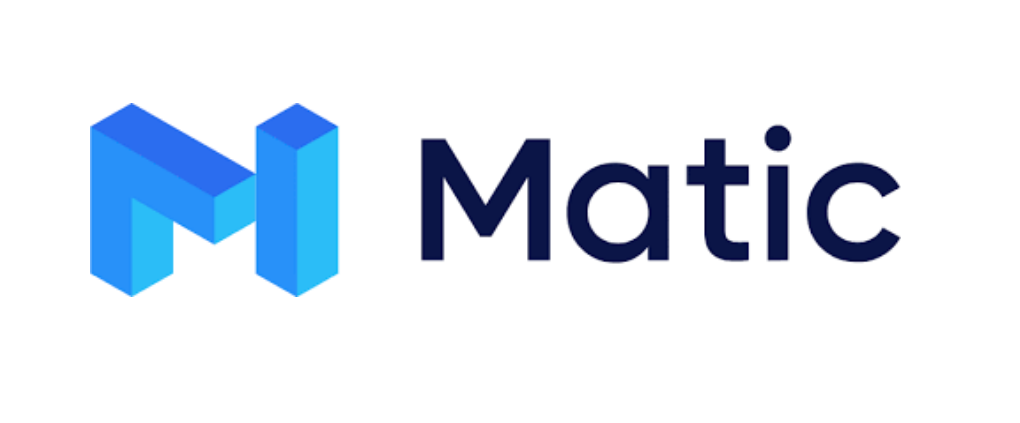
2. Matic Network’s (MATIC)
Matic Network is an Ethereum Layer 2 scaling solution that aims to provides major scalability improvements. The Matic protocol plans to deliver supersonic speeds and throughput by utilizing a modified version of Plasma. Its Layer 2 solution consists of several simultaneously run Proof-of-Stake sidechains that regularly push the data to Ethereum, creating network checkpoints.
A Wave of DeFi Integration Caused MATIC to more than Double its Price
The Matic team deployed several improvements throughout 2020, such as a Matic-Ethereum proof-of-stake token bridge that facilitates faster transfers between the networks and the final version of MATIC staking, that will allow the project to further prosper and perhaps survive even when Ethereum concludes the migration to its improved 2.0 variant. In addition, several notable projects, including the virtual world game Decentraland and DeFi protocol Maker have already integrated Matic.
As a result, the MATIC, the network’s native currency delivered an amazing price performance in the first few days of 2021. Driven by the congested Ethereum network (and consequently high fees on the mainnet) and several DeFi integrations, MATIC surged from $0.0175 to almost $0.04 in the first seven days of this year. Although MATIC lost some of its value in Monday’s correction that affected pretty much every cryptocurrency the token is still up by more than 36% YTD. If the Ethereum network stays congested and more projects announce Matic integration, the MATIC token could easily outperform ETH this week.
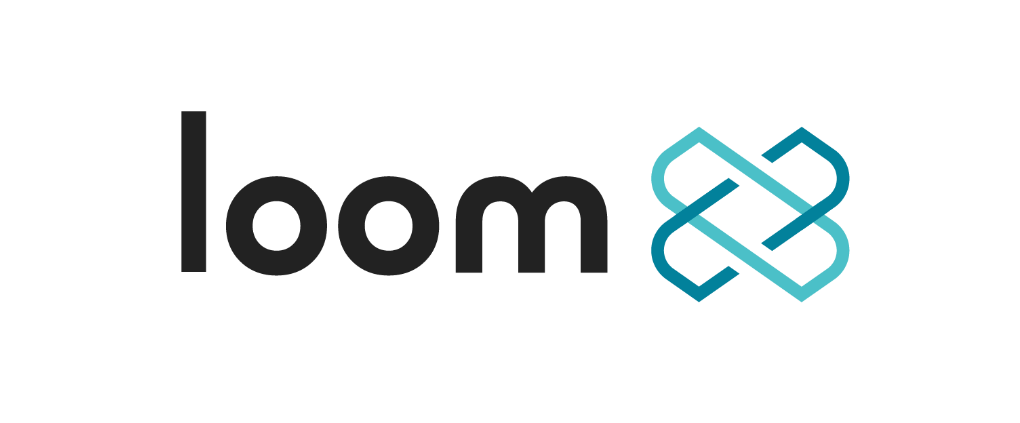
3. Loom Network (LOOM)
Loom Network allows developers to build highly scalable games and social apps on the blockchain. The platform utilizes an independent blockchain called DAppChain, which uses Relay as a connection to Ethereum smart contracts. The network’s native currency LOOM token functions as a membership pass to access all Loom Network-ran DApps.
LOOM Token Swap on January 15
The Loom team is looking to integrate zkRollups Ethereum Layer 2 solution in its next instance of the protocol. This will create zkLoom protocol, which will rely on the security guarantees provided by Ethereum itself rather than placing the trust into the hands of LOOM validators. However, the existing LOOM token contract is not upgradable or compatible with zkLoom, so LOOM holders will have to swap their existing tokens for new ones through a new LOOM token contract that will be deployed on the Ethereum mainnet. The token swap is set to take place on January 15. Tokens held on exchanges will be processed automatically, LOOM held in user’s private wallets, however, will have to be converted using the Basechain dashboard. In either case, you can find more information about the tokens swap process here.

